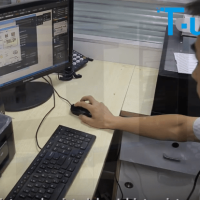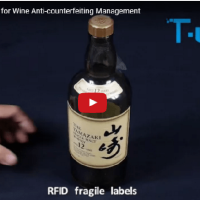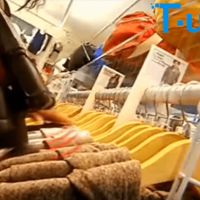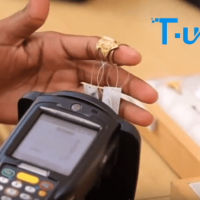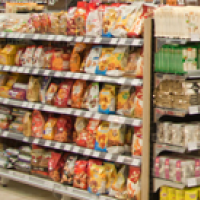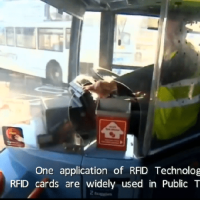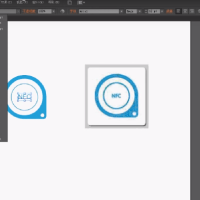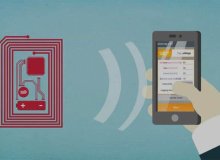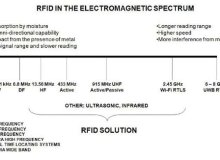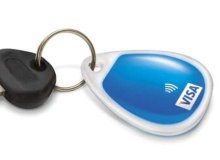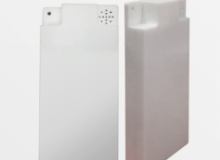Blog Categories
Do You Know What is Artificial Intelligence?
in RFID Basics, RFID Journal on Jul 09, 2018
When machines display intelligence, such as thought and learning, it is called artificial intelligence. Machines acquire artificial intelligence by analyzing the data that they receive from various sources. Machines can learn based on past experiences, like humans.
Do you know clearly RFID & NFC SMART LABELS?
in RFID Basics on Jun 13, 2018
Radio Frequency Identification (RFID) is the generic name for a type of auto-identification technology that uses radio waves to identify unique items. Typical RFID systems are made up of two major components: the reader and the tag.
How to provide better help for Inventory Management with RFID?
in RFID Basics, RFID Tutorials on May 30, 2018
RFID technology performs better and is more efficient in inventory management than printed bar codes. RFID tags can be read at a distance of up to several meters, while, bar codes need line of sight to scan items. Unlike bar codes which can be easily damaged, RFID tags are also durable since they can withstand exposure to heat, moisture, dirt and contaminants.
How can Wristbands add fun and purpose to your Event or Promotion?
in RFID Basics, RFID Tutorials on Apr 19, 2018
With Wristbands, you no longer have to deal with messy ink stamps or a tacky ID card strung around your neck like the metaphorical noose it is! Not anymore! Wristbands are cool and conspicuous. They can also be given different colour coordination, i.e., any number of layers of access relating to a single event can be added with different colours and materials that will add to the security levels.
Which RFID Frequency is Right for Your Application
in RFID Basics on Jan 08, 2018
LF, HF, and UHF
Similar to how a radio must be tuned to different frequencies to hear different channels, RFID tags and readers have to be tuned to the same frequency in order to communicate.
Supply Chain Management – Improve 4 Key Measurements Using RFID
in RFID Basics on Jan 04, 2018
In supply chain management, overall success is tied to specific measurements. Successfully managed supply chains are able to achieve 99% traceability, 99% visibility, 99% efficiency, and 99% accountability. Achieving such goals can be nearly impossible using manual processes.
NFC Passive Sticker, Convenient, Durable, For Smart Mobile Phone
in RFID Basics on Apr 19, 2017
NFC Passive Sticker, owns many kinds of sizes, such as round, rectangular, etc. And maybe single, roll, all as your request.
RFID key Tag for Common Family Door Management, Also for Hotel Door
in RFID Basics, RFID Tutorials on Apr 17, 2017
RFID or Radio Frequency Identification refers to a microscopic technology which is used to replace barcodes to make things like inventory tracking and product counting easier, and minimize the human workforce required to run it.
Embeddable RFID Tags with Antenna Make Different Read Distance
in RFID Basics on Mar 22, 2017
Radio-frequency identification (RFID) system make use of radio-frequency range of electromagnetic spectrum to identify, transfer information and track objects with the help of tags, a RFID transponder and a reader.
Waterproof RFID Tags Are Popular In Damp Environment
in RFID Basics on Mar 03, 2017
RFID tags are commercially used around the world. These tags enable the users to track the location of the tag bearer with the help of its receiver. The tags emit radio signals carrying the details of its location when triggered by the receiver.
RFID Hard Tag Used for Clothes Industry
in RFID Basics on Feb 21, 2017
In industries that deal with large scale production of their products, the number one priority is efficient tracking of their inventory with all the necessary information. Barcodes were that revolutionary technology, with whose introduction in 1974, the way business was done in general completely changed.
Where is the Temperature Sensitive Label Used?
in RFID Basics on Sep 12, 2016
Temperature-sensitive labels are the adhesive tags that display different colors that change at preset temperatures. In recent years, the manufacturers of these labels are making this as an aid to examine the temperature of transported and stored blood components.
Powered by Asiarfid



